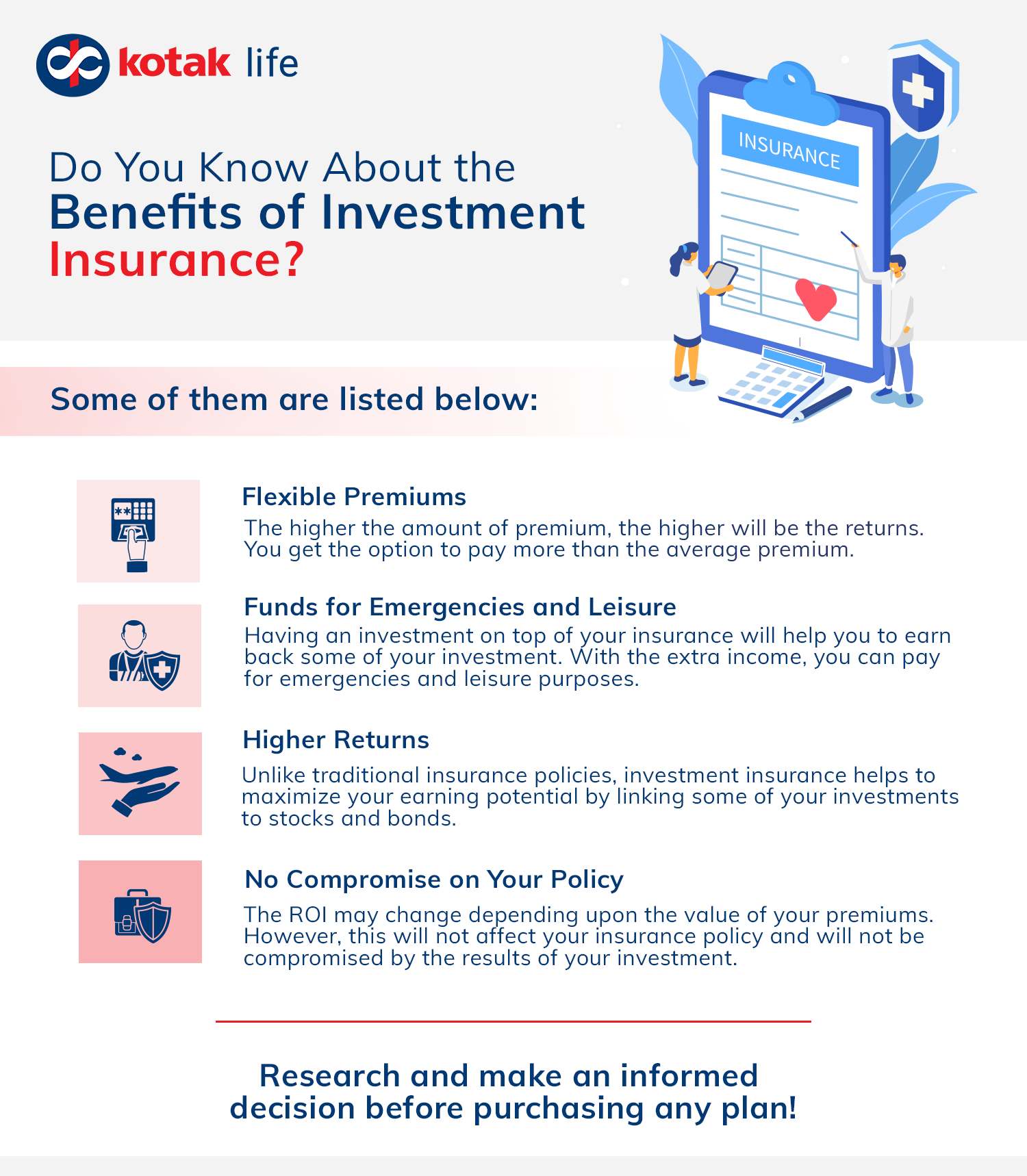The 7-Minute Rule for Pacific Prime
The 7-Minute Rule for Pacific Prime
Blog Article
See This Report about Pacific Prime
Table of ContentsNot known Factual Statements About Pacific Prime The Buzz on Pacific Prime10 Simple Techniques For Pacific PrimeHow Pacific Prime can Save You Time, Stress, and Money.
In the majority of states, the insurance firm is needed to send you a duplicate of the changes to your policy. It is essential that you read Endorsements or Motorcyclists so you comprehend exactly how your policy has altered and if the plan is still ample to meet your requirements. To acquire a duplicate of your insurance coverage plan, please contact your insurance policy representative or business.
The Institute of Medicine (IOM) Board on the Repercussions of Uninsurance launches a prolonged assessment of evidence that addresses the relevance of medical insurance coverage with the magazine of this record. Protection Issues is the initial in a series of 6 records that will be released over the following two years recording the truth and effects of having an approximated 40 million individuals in the United States without medical insurance protection.

Getting The Pacific Prime To Work
The goal of this collection of researches is to refocus plan attention on a longstanding problem. Adhering to the longest financial development in American history, in 1999, an estimated one out of every 6 Americans32 million grownups under the age of 65 and more than 10 million childrenremains uninsured (Mills, 2000).

10 percent of the population accounts for 70 percent of wellness care expenses, a connection that has continued to be continuous over the previous 3 decades (Berk and Monheit, 2001) - group insurance plans. Therefore medical insurance remains to serve the feature of spreading risk even as it significantly finances routine care. From the perspective of healthcare providers, insurance coverage brought by their people helps protect a revenue stream, and areas benefit from monetarily feasible and secure healthcare professionals and institutions
Government supplies medical insurance to populaces whom the exclusive market may not serve successfully, such as impaired and elderly persons, and populaces whose accessibility to health and wellness treatment is socially valued, such as kids and expecting ladies. The supreme ends of medical insurance coverage for the private and neighborhoods, including work environment communities of staff members and companies, are enhanced health end results and lifestyle.
The 30-Second Trick For Pacific Prime
Workers rate wellness insurance policy first by far in relevance among all the advantages used in the workplace (Salisbury, 2001). Although there have been large financial investments of individual and public funds to give medical insurance, many individuals still have no insurance coverage. In spite of comprehensive coverage of survey findings and healthcare research study results, the public remains baffled and mistaken concerning Americans without medical insurance and the effects of doing not have coverage.

Without doubt, the complexity of American health and wellness treatment funding mechanisms and the riches of resources of information include in the general public's confusion and skepticism regarding medical insurance stats and their analysis. This record and those that will certainly adhere to purpose to boil down and present in easily reasonable terms the substantial study that bears upon concerns of health and wellness insurance coverage and its significance.
Fifty-seven percent of Americans surveyed in 1999 believed that those without health and wellness insurance coverage are "able to obtain the treatment they require from medical professionals and medical facilities" (Blendon et al., 1999, p. 207). In 1993, when nationwide focus was concentrated on the problems of the without insurance and on pending healthcare regulation, just 43 percent of those questioned held this belief (Blendon et al., 1999).

They also obtain less preventative solutions and are less most likely to have normal take care of persistent problems such as hypertension and diabetic issues. Persistent illness can cause costly and disabling complications if they are not well managed (Lurie et al., 1984; Lurie et al., 1986; Ayanian et al., 2000). One nationwide study asked more than 3,400 adults about 15 highly severe or somber problems.
Rumored Buzz on Pacific Prime
Additional proof exists later in this phase in the discussion of insurance and accessibility to healthcare. https://www.openstreetmap.org/user/pacificpr1me. Individuals without health insurance policy are young and healthy and balanced and choose to do without protection. Nearly half (43 percent) of those surveyed in 2000 thought that people without health and wellness insurance coverage are most likely to have health issue than people with insurance policy
Voters and plan manufacturers in focus group discussions define those without insurance coverage as youngsters who have the chance to be covered and feel they do not need it (Doorperson Novelli, 2001). Compared to those with at the very least he said some private protection, the without insurance are less likely to report remaining in excellent or extremely excellent health (Company for Medical Care Research Study and Top Quality, 2001).
SOURCE: Center for Price and Financing Researches, Company for Healthcare Research and High quality, based on MEPS information. Youthful adults between 19 and 34 are much a lot more likely to lack health insurance policy than any type of various other age team. This is primarily because they are less typically qualified for employment-based insurance policy as a result of the nature of their work or their brief period in it.
The perception that people without insurance have better-than-average health follows from puzzling the fairly young age account of the without insurance with the far better wellness, usually, of more youthful persons. This covers the link in between health status and medical insurance. For those without access to workplace medical insurance, poor health is a prospective barrier to purchasing nongroup coverage because such coverage might be very priced, omit preexisting problems, or be merely inaccessible.
Report this page